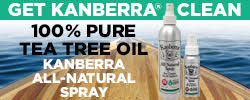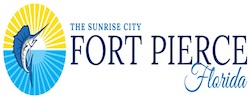Maps That Became Essential for Bahamas Exploration – Loose Cannon
Cruisers Net publishes Loose Cannon articles with Captain Swanson’s permission in hopes that mariners with saltwater in their veins will subscribe. $7 per month or $56 for the year; you may cancel at any time.
When all else fails, try journalism. Mom & Pop Maps That Became Essential for Bahamas Exploration‘Explorer Charts’ Celebrate 30 Years in Business
The mom-and-pop operation that gave Bahamas cruisers “Explorer” chartbooks is celebrating its 30th year in business. Monty and Sara Lewis have cruised the island nation since 1984, and, from the beginning, they wanted to see what was beyond the overpopulated harbor at George Town. She was a technical writing teacher at a community college. He was a sergeant in the Maryland State Police with a captains license. As incredible as it may seem today, this pair of nautical tourists set out to map routes, anchorages and entrances before the existence of GPS. According to their official history, “they sat down with local fishermen and salty cruising sailors, tracing vague routes on tissue paper and listening to stories of adventuresome travel to the Ragged Islands and the Bight of Acklins.” Their three primary publications are chartbooks: Near Bahamas, Exumas & Ragged Islands and Far Bahamas with Turks & Caicos. All three are now available in their recently released 12th edition. These books are famous for their reliable charts but also incorporate elements of a cruising guide with descriptions of local amenities and lists of resources. “Explorer” chartbooks have a strong competition for the most popular and easy-to-reach Bahamas regions (including those covered in Addison Chan’s “Bahamas Land & Sea” cruising guide app), but they are unique in service to the more adventurous sailors who wish to go to the most remote islands. As navigation entered its electronic age at the beginning of the millenium, “Explorer Charts” were able to stay relevant through strategic partnerships. The Lewises first venture into electronic charting began in 2003 with Nobeltec, a division of Jeppesen. Now their data is incorporated into the electronic charts sold by B&G, Furuno, Lowrance, Navico, Raymarine, Simrad, Standard Horizon, Aquamap, C-Map, iNavX, OpenCPN and TZi Boat. In other words, they went from sketching on tissue paper to an honest-to-goodness business. Sara Lewis said this came about mostly by accident:
LOOSE CANNON covers hard news, technical issues and nautical history. Every so often he tries to be funny. Subscribe for free to support the work. If you’ve been reading for a while—and you like it—consider upgrading to paid. |























Be the first to comment!